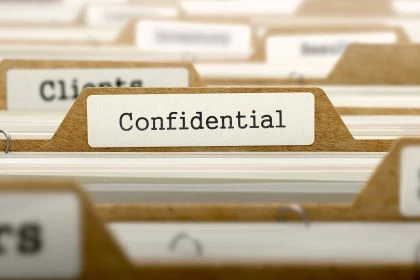The proprietor of the earlier Union figurative mark SHOWROOOM86 was successful in opposing the Union figurative mark SHOWROOM. Despite a different style and different visual elements, the CJEU confirmed the likelihood of confusion between the figurative marks.
At a time when showrooms are becoming increasingly important for companies in the fashion, cosmetics, mobile telecommunications and automotive industries, the Court of Justice of the European Union (CJEU) ruled in an interesting trademark dispute: SHOWROOM vs. SHOWROOM 86.

The facts
In August 2012, the applicant, Showroom sp. z o.o (Poland), filed an application for a European figurative mark SHOWROOM. The figurative mark was registered in Nice classes 25 (mainly fashion and clothing), 35 (including online advertising and retail sales) and 36 (including real estate, insurance, finance and electronic payments).
In July 2013, E-Gab NV (Belgium) filed an opposition under Article 41 of Regulation No 207/2009 (now Article 46 of Regulation 2017/1001) against the registration of the mark applied for in respect of all the goods and services in Classes 25 and 35. It based its opposition on its own earlier European figurative mark SHOWROOM86 for nearly identical goods and services, which had been applied for only a few months earlier.
The Opposition Division partially acknowledged the opposition – for example, the registration in Class 35 was confirmed for online advertising but not for retail sales – and found a likelihood of confusion. Following the applicant’s appeal against that decision, the Board of Appeal referred the case back to the Examining Division and requested a fundamental examination as to whether there were absolute grounds for refusal of the trade mark SHOWROOM. The Examining Division refused and the Board of Appeal decided to accept the opposition. The Board of Appeal ruled that the marks in dispute were in principle similar for the corresponding goods and services and that there was a likelihood of confusion.
Do the common verbal elements outweigh all the others?
The Board of Appeal therefore rightly considered and assessed the three levels of the marks at issue, namely the presence of the two words ‘show’ and ‘room’, which may be considered separately or in combination, and the figurative element 86. At those three levels, it was correctly examined whether the elements of differentiation between the marks at issue could neutralise their similarity, resulting from the combined presence of the two word elements ‘show’ and ‘room’, the European Court (CJEU) summarised. So did the common verbal elements outweigh the distinctive elements?
Numeric element “86” is regarded as a descriptive addition
Neither the presence of the numerical element ’86’ in the earlier mark, nor the stylistic distinction between the conflicting signs, make it possible to distinguish sufficiently between the two marks at issue, the Board of Appeal stated in its decision. According to the Board of Appeal, the earlier mark is understood, particularly in the fashion sector, either as a reference to an exhibition room number 86 or to an exhibition room established in 1986 or as a simple trade mark name of the SHOWROOM mark. This was plausible, the CJEU ruled, and confirmed the interpretation of the word “showroom” in general as an exhibition space. In that context, the figure 86 has no intrinsic value and must therefore be regarded as a descriptive addition to the verbal element ‘showroom’.
CJEU confirms likelihood of confusion
The CJEU therefore confirmed the decision of the Board of Appeal, which found that the signs as a whole were at least similar to an average degree and that there was a likelihood of confusion. The Court recalled the case-law according to which a likelihood of confusion may also exist in the case of an earlier mark with weak distinctive character, in particular because of the similarity of the signs and of the goods or services concerned.
Applicant refers to other proceedings with different decision
In a second plea, the applicant claimed that the Board of Appeal unlawfully ignored the finding of the Cancellation Division in its decision of 16 June 2016 that there was no similarity between the two signs. This were second proceedings concerning the two marks in dispute, in which the allegation was that Showroom sp. z o.o had filed a malicious trade mark application.
However, the CJEU also rejected this plea. The aforementioned proceedings were an application for a declaration of invalidity on the grounds of malice and not – as in the present case – an opposition. In addition, this decision was issued by a Cancellation Division, a lower instance than a Board of Appeal. And even if this were not the case, the legality of decisions by a Board of Appeal is to be assessed exclusively on the basis of the relevant EU Regulation (in this case EU Regulation 2017/1001) and not on the basis of previous decision-making practice, the CJEU clarified.
The action brought by Showroom sp. z o.o. was therefore dismissed in its entirety.
Would you also like to protect or defend your trademark or brand?
Our lawyers are experienced in trademark and patent law, national and international law.

Sources:
Judgement of CJEU “Showroom” EU:T:2019:631
Image:







Leave a Reply